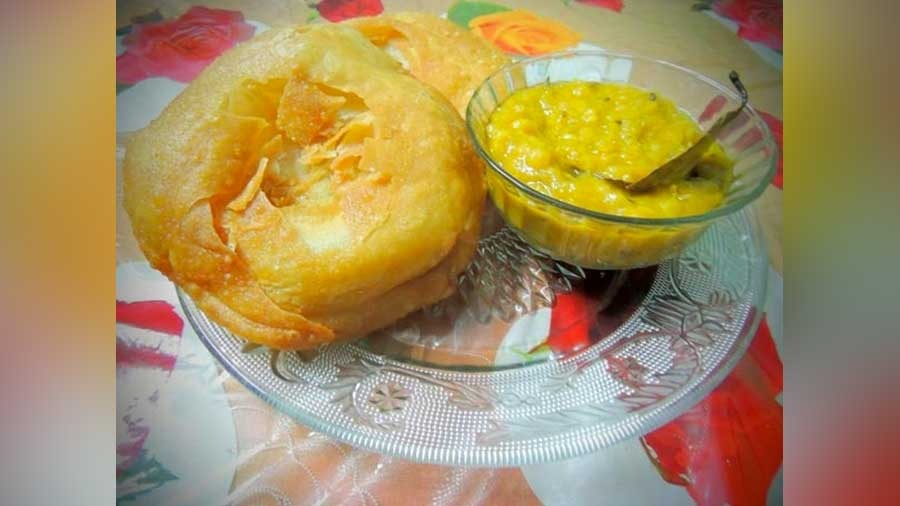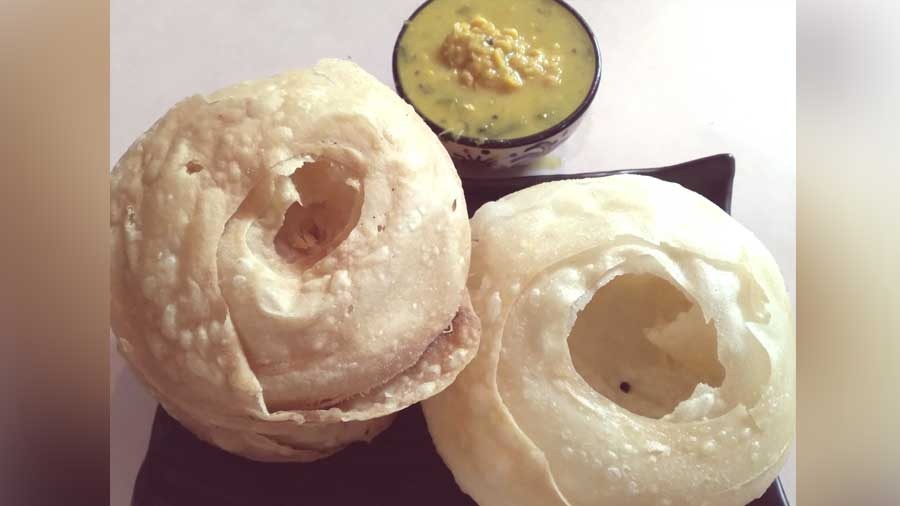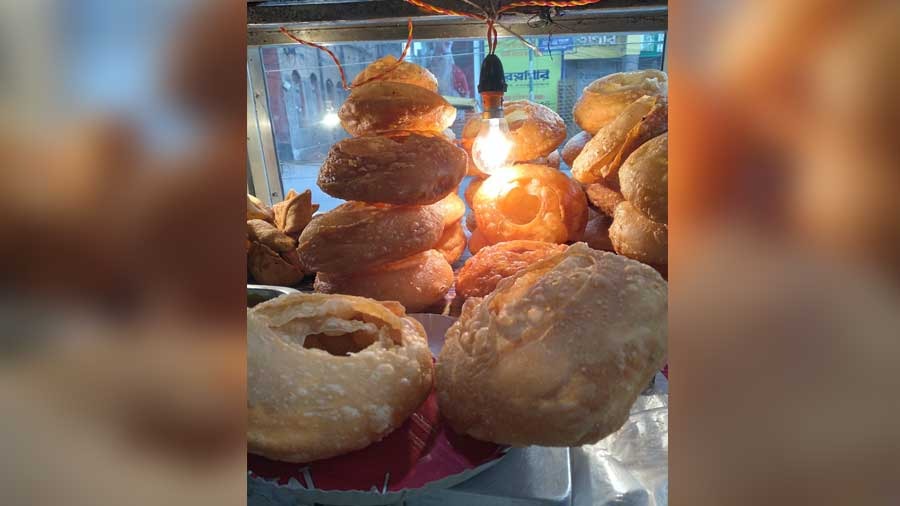The street food of Kolkata has always been a cynosure of its residents, as well as of people from outside, who sometimes come here just to gorge on it. Just like the city has developed, its street food has also constantly updated itself. The street food we savour today is not the same as it was a decade ago. While perennial Bengali favourites like singara, kochuri and rolls have remained popular, other more niche or speciality items have lost some appeal.
One such item is the Dhakai paratha, or porota, which was one of the most popular street foods of Kolkata even till some years back. Bidhan Sarani in north Kolkata would be filled with stalls selling this dish. There were local shops across Kolkata too, however it was in the north where it was a favourite breakfast item.
But with the passage of time, these shops have either shifted to Chinese street food options or have turned into small bakery shops — and the Dhakai porota, which was a must-have in winter, is now counting its days as a street food. Just a select few shops in the city still serve them, though they have better presence in places like Shyamnagar and Mayapur.

The Dhakai porota was quite a popular street food of Kolkata even till some years back TT archives
As the name suggests, the Dhakai porota may have had its origins in Bangladesh, where it’s a popular street food too. Another theory suggests the name may have come from the Bengali word dhakna (lid/covering).
Whatever be the case, when paired with chholar dal and sometimes khoshawala aloor torkari, it is sheer bliss. The crispy layers melt in your mouth and the flakes fall and leave a mark on your dress!
Though it is called a paratha, it belongs more to the poori or luchi ‘gharana’. It’s like the beloved phulko luchi of Bengal, but much bigger, flakier and with layers that are distinct. The layers are similar to those of a lachcha paratha, but is more crispy and flaky. The porota is more of a mix of a luchi and a paratha.

The layers are similar to those of a lachcha paratha, but crispier and flakier Barnini Maitra Chakraborty
The Dhakai porota requires a lot of skill and time to make and is not easy cooking. This may be one reason for it fading away. After the paratha is kneaded and rolled, it is deep fried. Oil is poured over the paratha, which makes it fluffy like a small football. It then takes a minimum of half an hour to drip out all the excess oil.
One of the shops that still makes this culinary wonder is Gadar Kochuri in Bidhan Sarani. Located at Hatibagan crossing, this shop has been selling Dhakai porotas for the last 60 years. Mintu Singa, popularly known as Gada, makes the porotas himself. He learnt the skill from a nearby Bangladeshi sweet shop. According to him, “Er chahida thakleo portae poshae na (There is demand for the product, but is not very profitable for the sellers).” Gadadar Dhakai porota is served with either dal or torkari, as per your choice. Priced at just Rs 30, it is quite a culinary experience.

Dhakai porotas at Gadar Kochuri in Bidhan Sarani, priced at Rs 30 apiece Barnini Maitra Chakraborty
In south Kolkata, there are two places which still make this delectable paratha. One is Priyanka, in the Kalighat area (46A, Kali Temple Road). The shop sells Dhakai porota throughout the day. Priced at Rs 60 rupees each, the paratha here is served with a mishti chholar dal. According to the owner, some 200 parathas are sold each day.

Priced at Rs 60 rupees each, the paratha at Kalighat’s Priyanka is served with a mishti chholar dal Barnini Maitra Chakraborty
The other shop is on Southern Avenue — called New Jolkhabar. Though the name is new, the shop dates back a few decades and has been selling Dhakai porotas since its inception. Priced at Rs 30 rupees each, dal accompanies the paratha here too.

Dhakai porotas at New Jolkhabar Barnini Maitra Chakraborty
